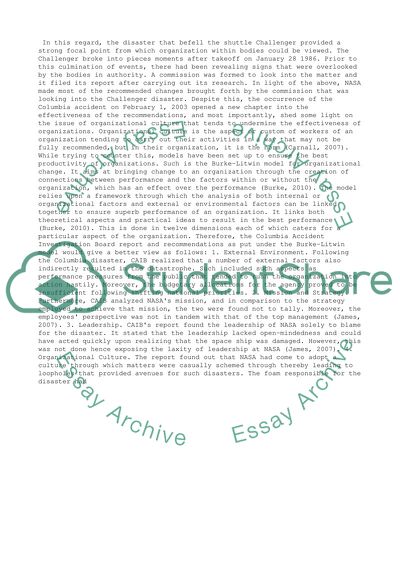Cite this document
(“Diagnosing a Need for Organizational Change Case Study”, n.d.)
Diagnosing a Need for Organizational Change Case Study. Retrieved from https://studentshare.org/management/1461657-diagnosing-a-need-for-organizational-change
Diagnosing a Need for Organizational Change Case Study. Retrieved from https://studentshare.org/management/1461657-diagnosing-a-need-for-organizational-change
(Diagnosing a Need for Organizational Change Case Study)
Diagnosing a Need for Organizational Change Case Study. https://studentshare.org/management/1461657-diagnosing-a-need-for-organizational-change.
Diagnosing a Need for Organizational Change Case Study. https://studentshare.org/management/1461657-diagnosing-a-need-for-organizational-change.
“Diagnosing a Need for Organizational Change Case Study”, n.d. https://studentshare.org/management/1461657-diagnosing-a-need-for-organizational-change.


